NEET UG
The NEET UG exam in India refers to the National Eligibility cum Entrance Test for undergraduate medical courses. It is a highly competitive entrance examination conducted by the National Testing Agency (NTA) for students seeking admission to medical and dental colleges across the country. NEET UG is the sole entrance test for admission to MBBS, BDS, and other allied medical courses in both government and private institutions. The exam evaluates the aptitude and knowledge of candidates in subjects such as Physics, Chemistry, and Biology. It follows a standardized syllabus based on the NCERT curriculum of classes 11 and 12. NEET UG has become the primary pathway for students aspiring to pursue a career in medicine in India.
NEET UG Exam paper pattern-
The NEET UG paper pattern refers to the structure and format of the National Eligibility cum Entrance Test for Undergraduate courses. This exam is conducted for students aspiring to pursue medical and dental courses in India. The NEET UG paper pattern consists of multiple-choice questions (MCQs) covering subjects such as Physics, Chemistry, and Biology. The exam duration is three hours, and each correct answer is awarded four marks while one mark is deducted for every incorrect answer. The paper is divided into three sections, each focusing on a specific subject. It is crucial for candidates to be familiar with the NEET UG paper pattern to effectively prepare and perform well in the exam.The NEET-UG (National Eligibility cum Entrance Test for Undergraduate) is the entrance examination for admission to undergraduate medical and dental courses in India. The paper pattern of NEET-UG is as follows:
Mode of Examination: NEET-UG is a pen-and-paper-based offline examination. Candidates are required to mark their answers on an OMR (Optical Mark Recognition) sheet.
Types of Questions: The question paper consists of multiple-choice questions (MCQs) with four options for each question. Candidates must select the correct answer from the given options.
Total Number of Questions: The NEET-UG question paper contains a total of 200 questions. Students need to attend 180 questions.
Subjects and Distribution of Questions: students need to attend
Physics: 45 questions out of 50 ( section A 35 questions- do all, section B 15 questions- do any 10)
Chemistry: 45 questions out of 50( section A 35 questions- do all, section B 15 questions- do any 10)
Biology (Botany and Zoology): 90 questions (45 questions from each zoology and botany ) out of 100 questions.
Correct Answer: Each correct answer is awarded 4 marks.
Incorrect Answer: For each incorrect answer, 1 mark is deducted as a negative marking.
Unanswered Questions: No marks are deducted for unanswered questions.
Language of the Question Paper: NEET-UG question paper is available in various languages including English, Hindi, Assamese, Bengali, Gujarati, Kannada, Marathi, Odia, Tamil, Telugu, and Urdu.
Duration of the Exam: The duration of the NEET-UG examination is 3 hours (180 minutes).
Syllabus: The NEET-UG syllabus is based on the topics covered in the Physics, Chemistry, and Biology (Botany and Zoology) subjects of the 10+2 level of the NCERT curriculum.
It's important for candidates to familiarize themselves with the exam pattern and syllabus while preparing for NEET-UG to have a better understanding of the structure and content of the examination.
The TOP 20 Medical Colleges in India-
India is home to some of the top medical colleges in the world. These institutions boast excellent faculty, state-of-the-art facilities, and a rigorous curriculum, ensuring that students receive the best education possible. With a focus on both theoretical knowledge and practical skills, these colleges equip students with the necessary tools to become successful doctors and medical professionals. The top medical colleges in India include prestigious institutions like All India Institute of Medical Sciences (AIIMS), Christian Medical College (CMC), and Armed Forces Medical College (AFMC), among others. These colleges have a long-standing reputation for producing highly skilled and competent medical professionals who go on to make a significant impact in the field of healthcare. By providing their students with top-notch education and training, these medical colleges play a crucial role in shaping the future of medicine in India. Here is a list of the top 20 medical colleges in India (in no particular order):
All India Institute of Medical Sciences (AIIMS), New Delhi
Christian Medical College (CMC), Vellore
Armed Forces Medical College (AFMC), Pune
Maulana Azad Medical College (MAMC), New Delhi
JIPMER (Jawaharlal Institute of Postgraduate Medical Education and Research), Puducherry
Grant Medical College, Mumbai
Kasturba Medical College (KMC), Manipal
King George's Medical University (KGMU), Lucknow
Lady Hardinge Medical College (LHMC), New Delhi
Madras Medical College, Chennai
St. John's Medical College, Bengaluru
Seth GS Medical College, Mumbai
Banaras Hindu University (BHU), Varanasi
Institute of Medical Sciences (IMS), BHU, Varanasi
Post Graduate Institute of Medical Education and Research (PGIMER), Chandigarh
Christian Medical College (CMC), Ludhiana
Sri Ramachandra Medical College and Research Institute, Chennai
Osmania Medical College, Hyderabad
Gandhi Medical College, Hyderabad
Calcutta Medical College, Kolkata
Please note that this list is not exhaustive, and there are many other reputable medical colleges in India. The rankings may also vary depending on different surveys and assessments. It's always a good idea to research and consider various factors before making a decision about medical education.
©2020
An AIIMSonian's Initiative
Follow us
For Admissions, call us @ 918826444334,919999744334

CEREBRUM BIOLOGY ACADEMY

